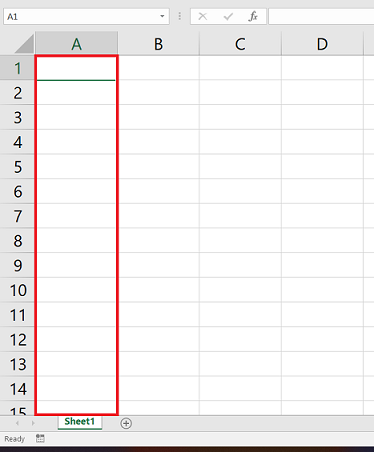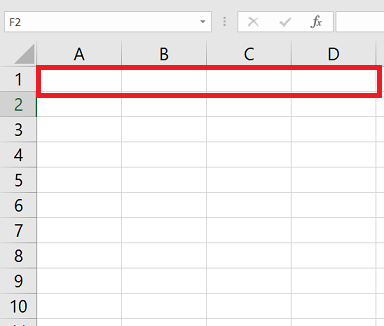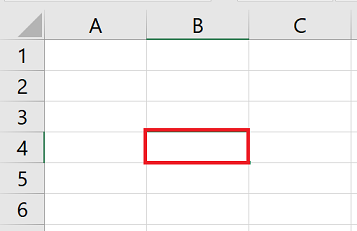Microsoft Excel Basic Syntax:
INTRO BONUS CLASS SYNTAX EXPLAIN SUM AVERAGE MAX MIN IF SUMIF AVERAGEIF COUNT | COUNTA | COUNTBLANK COUNTIF Excel ShortCut Keys
Excel Class 1: Introduction | Logically Excel Ko SEEKHEN In a Very Effective Way
What Are Columns
Columns in Microsoft Excel are the vertical sections in a spreadsheet that run from top to bottom. Each column is identified by a letter (A, B, C, etc.) and is used to store data, such as text, numbers, or dates. In Excel, you can use columns to organize, sort, and filter data. You can also perform mathematical operations on the data in the columns, such as adding or averaging values, and use the results to create charts and graphs.

What Are Rows
Rows in Microsoft Excel are the horizontal sections in a spreadsheet that run from left to right. Each row is identified by a number (1, 2, 3, etc.) and is used to store data, such as text, numbers, or dates. In Excel, you can use rows to organize and structure your data. You can also perform operations on the data in the rows, such as calculating sums or averages, and use the results to create charts and graphs. Additionally, you can use rows to sort and filter your data, making it easier to find the information you need.

What Are Cells
Cells in Microsoft Excel are the individual units of a spreadsheet, where data is entered and stored. Each cell is defined by a unique combination of a column letter and row number, such as "A1" or "C3". Cells can contain various types of data, including text, numbers, dates, and formulas. Formulas are used to perform calculations and make use of the data stored in other cells. In Excel, you can format cells to control their appearance, such as changing the font, font size, or background color, and you can also apply cell styles and borders to make your data look more organized and professional.

What is Worksheet In Microsoft Excel
A worksheet in Microsoft Excel is a single page in a spreadsheet document. It is made up of columns, rows, and cells that you can use to enter, store, and manipulate data. Each worksheet in a spreadsheet document can have its own set of data, and you can have multiple worksheets in a single file to organize your data into different categories or tasks. In Excel, you can use worksheets to create budgets, track expenses, analyze data, and much more. You can also copy, move, and delete worksheets as needed, and even link data between worksheets to create dynamic, interconnected spreadsheets.





